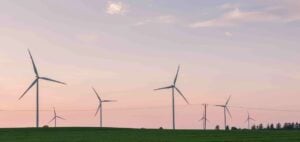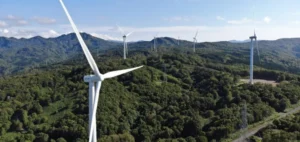Despite the difficulties in the western wind market, Chinese original equipment manufacturers (OEMs) have been protected by a strong domestic market and a local supply chain. Today, the Chinese onshore industry is ready to capitalize on its advantages to conquer new territories.
Expansion of Chinese suppliers in the offshore market
Chinese suppliers are already ahead of the curve in the offshore market, exporting their first order of jackets and monopiles in 2022. With a healthy cost base, oversupply and strong financials, Chinese suppliers are more competitive than ever and continue to expand their presence.
Advantage of onshore wind power
Chinese wind companies are looking to expand overseas through several channels, ranging from asset investment to equipment supply to engineering, procurement and construction (EPC). China benefits from its massive scale, lower cost and diversification. However, there are obstacles to overcome, such as funding, increased technical requirements, protectionist policies, and increasing geopolitical risks.
Key to global success: local presence
To succeed overseas, Chinese companies must take a proactive approach and have a local presence. This will ensure that projects meet local market demand and counter protectionist opposition. Chinese companies are actively seeking to collaborate with Western companies to build a sustainable supply chain. Emerging markets and massive infrastructure projects could offer considerable opportunities for Chinese wind companies.






















